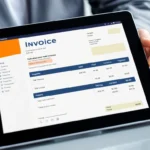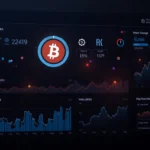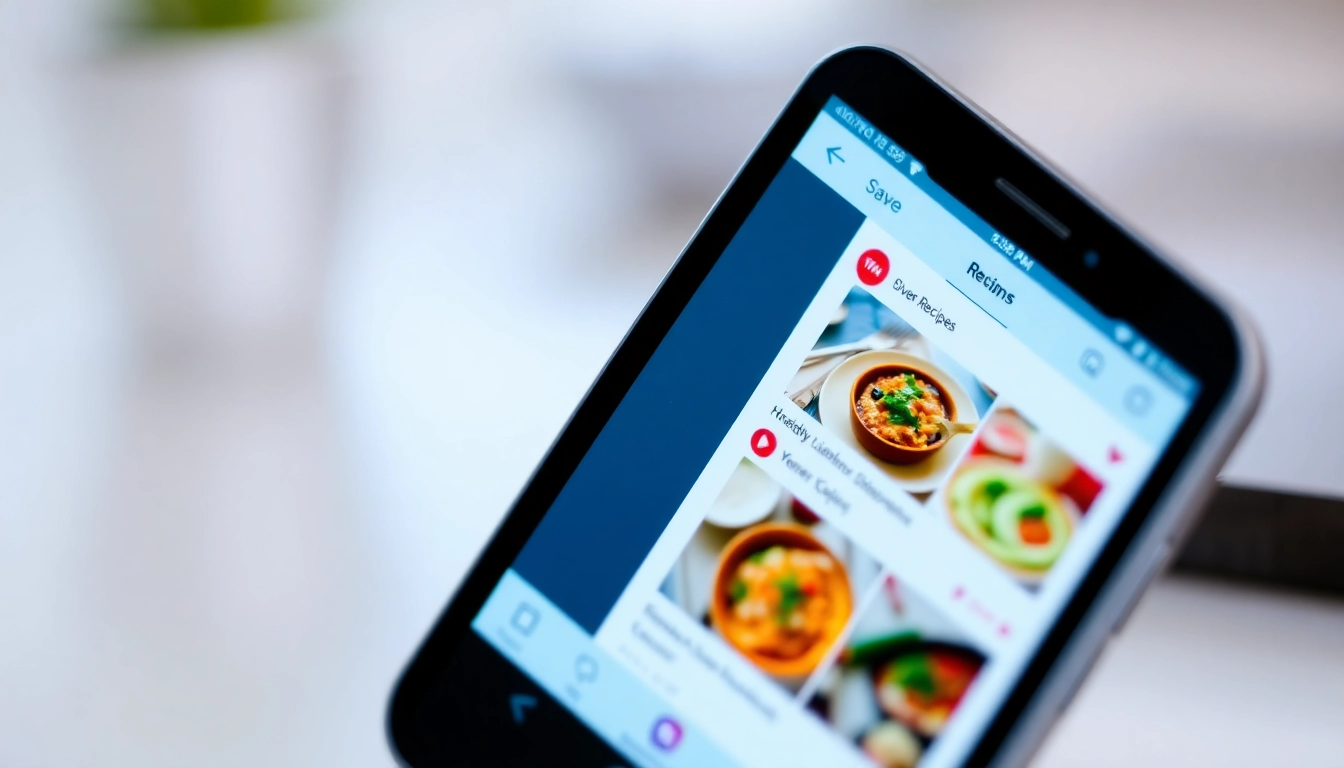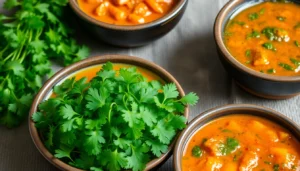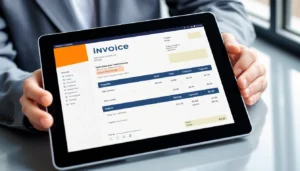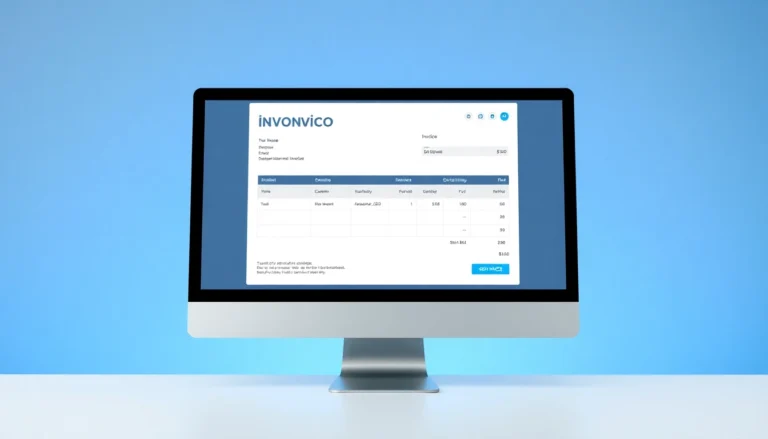Unlocking the Power of Saving Recipes from Social Media: A Complete Guide for Food Enthusiasts
In an era where social media platforms like Instagram, TikTok, Facebook, and YouTube serve as primary sources of culinary inspiration, the ability to efficiently save and organize recipes has become crucial for home cooks, food bloggers, and professional chefs alike. The proliferating content on these platforms offers a wealth of innovative ideas, cultural cuisines, and time-tested family recipes, but managing this information can be challenging without the right tools and strategies. Whether you’re scrolling through TikTok for quick cooking hacks or saving elaborate recipes from a food blogger on Instagram, the goal remains the same: to preserve and access these culinary gems effortlessly.
save recipes from social media is more than just bookmarking content; it’s about creating a personalized digital recipe library that streamlines your meal planning, health goals, and culinary creativity.
Understanding the Benefits of Saving Recipes from Social Media
Why Saving Recipes Enhances Meal Planning
Meal planning is one of the most significant advantages of effectively saving social media recipes. Instead of losing track of promising dishes or re-watching videos repeatedly, you create a structured collection of recipes tailored to your dietary needs, preferences, and schedule. This organized repository makes grocery shopping more efficient, reduces food waste by purchasing only what you need, and ensures that your cooking remains innovative and varied. By having quick access to saved recipes, you can plan your week or month in advance, aligning your ingredients and preparation routines seamlessly.
Popular Platforms for Recipe Sharing on Social Media
Social media has revolutionized how recipes are shared and discovered. Platforms like Instagram and TikTok are particularly popular due to their visual-centric approach, allowing users to showcase step-by-step cooking processes, quick hacks, and stunning food photography. Facebook groups and pages often host community-driven recipe sharing, while YouTube offers long-form tutorials for in-depth culinary techniques. Pinterest remains a staple for collecting and categorizing recipes visually. Knowing where to look and how to save efficiently from each platform enhances your culinary toolkit significantly.
Challenges in Organizing Saved Recipes
Despite the abundance of content, many home cooks face challenges when it comes to managing saved recipes. Common issues include scattered bookmarks, inconvenient navigation, duplicate entries, or losing access due to platform changes or account issues. Additionally, clip-and-save methods like screenshots or manual copying can lead to clutter and disorganization. This hampers quick retrieval during cooking sessions and can discourage users from utilizing saved recipes fully. Overcoming these obstacles requires adopting dedicated tools and best practices tailored to digital recipe management.
Top Methods and Tools to Save Recipes from Social Media
Using Dedicated Recipe Saving Apps
Modern recipe management has been revolutionized by apps specifically designed to capture and organize culinary content. These tools often integrate directly with social media platforms, enabling users to import recipes with a few simple taps. Applications like Flavorish allow seamless sharing from Instagram, TikTok, Facebook, YouTube, and more into a centralized digital space. Features typically include categorization, tagging, search filters, and meal planning modules. Many of these apps also support auto-imports, reducing manual effort and ensuring your collection is always updated with the latest finds.
How to Save Recipes from Instagram, TikTok, and Facebook
Each platform has its nuances, but the core principles of saving recipes remain consistent. Here are detailed steps for common platforms:
- Instagram: Share the recipe post directly to a dedicated collection app if supported, or save it via in-app bookmarking. Alternatively, take a screenshot or use third-party tools to extract the recipe text.
- TikTok: Save the video within TikTok or, better yet, use apps that extract recipes from video captions or comments. For example, some apps can analyze the video content and generate a recipe card automatically.
- Facebook: Use the “Save Post” feature or share the post directly to a recipe app if it supports direct sharing.
Many of these steps are simplified with platforms that support sharing via share extension or integration, such as Flavorish, which allows sharing content directly from social media into your recipe library with minimal effort.
Integrating Social Media Recipes into Your Digital Collection
Once you’ve captured recipes, the next step involves integration into a systematic collection. This can involve categorizing recipes by cuisine, meal type, dietary restrictions, or preparation time. Tagging recipes with keywords enhances searchability. Some tools also support adding personal notes, modifications, or linking related recipes, creating a rich and adaptable digital cookbook that reflects your culinary journey.
Best Practices for Managing Your Saved Recipes Effectively
Organizing Recipes for Easy Access
Organization is essential for quick retrieval. Establish clear folders or categories, such as “Vegetarian,” “Dinner Ideas,” “Desserts,” or by difficulty level. Use descriptive tags like “easy breakfast” or “gluten-free.” Many apps support custom folders, tags, and search functions. Regularly review and prune your collection to remove outdated or duplicate recipes, maintaining a curated and relevant library.
Creating Custom Filters and Tags
Custom filters enable refined searches, such as filtering recipes by cooking time (<30 minutes), ingredient availability, or nutritional goals. Effective tagging helps in cross-referencing recipes; for example, tagging a recipe as "Vegan," "Low Carb," and "Quick" simultaneously allows multi-criteria filtering, vastly improving usability during meal prep or shopping.
Sharing and Collaborating on Recipes
Sharing your collection with family or friends fosters collaboration and culinary exchange. Many apps facilitate sharing via links, export options, or integrated social features. Collaborative features allow multiple users to add, comment, and modify recipes, making it ideal for families or cooking groups. Additionally, maintaining a shared digital cookbook syncs everyone’s favorites and culinary contributions, enriching your collective kitchen experience.
Advanced Tips to Maximize Your Recipe Collection
Automating Recipe Imports from Multiple Platforms
Automation reduces manual input and ensures your collection stays current. Integrate social media APIs or use third-party services like IFTTT, Zapier, or flavor-specific plugins that automatically detect saved recipes or new posts and import them into your app. For example, setting up a trigger to import new TikTok recipes tagged with specific hashtags directly into Flavorish or similar apps saves significant time and effort.
Using Meal Planning and Grocery List Features
Many advanced apps offer meal planning calendars linked to your saved recipes. You can plan weekly menus, generate grocery lists automatically based on ingredients, and even set preferences for shopping or dietary restrictions. This method streamlines grocery shopping, reduces waste, and helps you stick to nutritional goals. Additionally, some tools allow you to batch prepare meals or adjust portion sizes within the app interface.
Tracking Usage and Refining Your Collection
Monitoring which recipes you prepare frequently and which ones remain untouched provides insights into your culinary habits. Use analytics features within your app to identify trending recipes, seasonal favorites, or gaps in your collection. Regularly updating and refining your library based on these insights ensures your digital cookbook remains practical and inspiring.
Performance Metrics & Trend Insights for Recipe Saving
Understanding User Preferences and Popular Content
Analyzing your interactions with saved recipes can reveal your taste preferences, preferred cuisines, and dietary inclinations. On a broader scale, platforms gather trend data showing popular recipes, trending ingredients, and emerging food styles. Food brands and content creators can leverage this information for targeted content creation or product development.
Analyzing Engagement and Saving Habits
Metrics like frequency of saving, recipe modifications, sharing patterns, and meal planning integration provide a comprehensive view of engagement. For instance, high engagement with quick breakfast recipes indicates a need for time-efficient morning meals, guiding content optimization and app enhancements.
Tools to Measure Your Recipe Collection Success
Leverage analytics dashboards and reporting features within your management app or through external integrations. Tracking success metrics such as recipe usage frequency, grocery list conversions, or meal plan adherence helps refine your collection and cooking routines for optimum satisfaction and efficiency.
